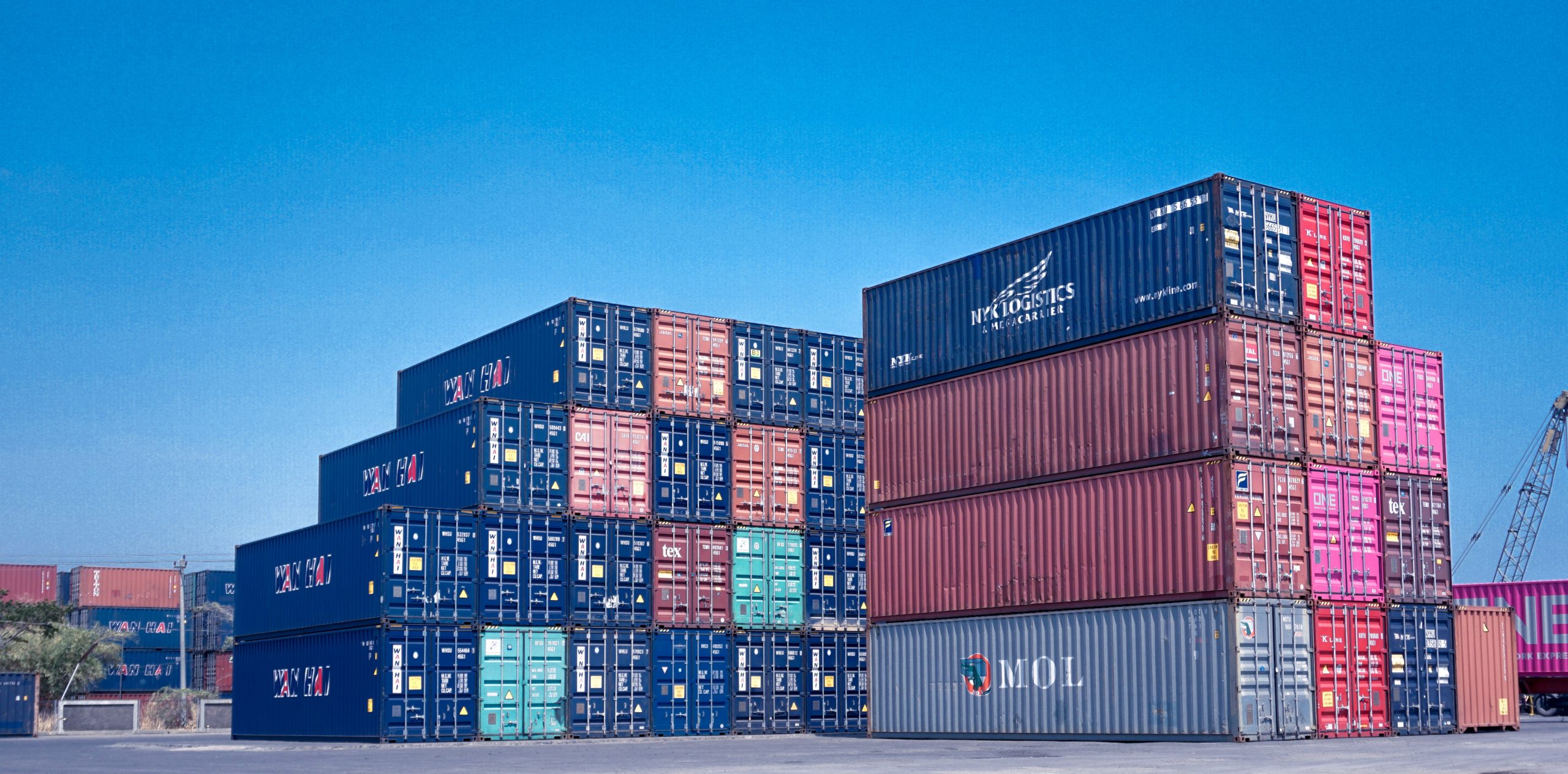Solid Research
Solid Research
The method of pre-ventilation is based on solid research by Urban Svedberg and Gunnar Johanson, at Karolinska Institutet, Stockholm, Sweden. Three aspects were investigated:
- What is present in container air? Which chemicals, Frequencies? Levels?
- How are people working in containers exposed?
- How to safely and efficiently pre-ventilate without delaying the logistics?
Air from shipping containers was sampled in six ports and two distribution centers in Sweden and analyzed by Fourier-transform infrared spectrometry (FTIR), photoionization detection (and gas chromatography-mass spectrometry. The FTIR analyses showed that 12% of the containers arrived with concentrations of fumigants and off-gassing substances above the Swedish 8-h OEL. Further, 4% had carcinogens above the 8-h OEL. nearly all exceedances were attributed to off-gassing substances.
Personal exposure to container gases during unstuffing of shipping containers was investigated. Air was sampled in the breathing zone to reflect what the workers inhaled. Exposure peaks reaching 70% of the initial concentration occurred when opening the container doors. During unstuffing, the exposures were 1-7% of the arrival concentration.
A suction plate was developed to fit tightly over the existing top corner ventilator and connected with a flexible hose to an extraction fan. In an experimental 20-ft container spiked with acetone, the initial acetone level was reduced to between 6% (palleted goods) and 11% (tightly stuffed goods) in one hour. The washout was somewhat slower in 40-ft field containers stuffed with commercial goods.

